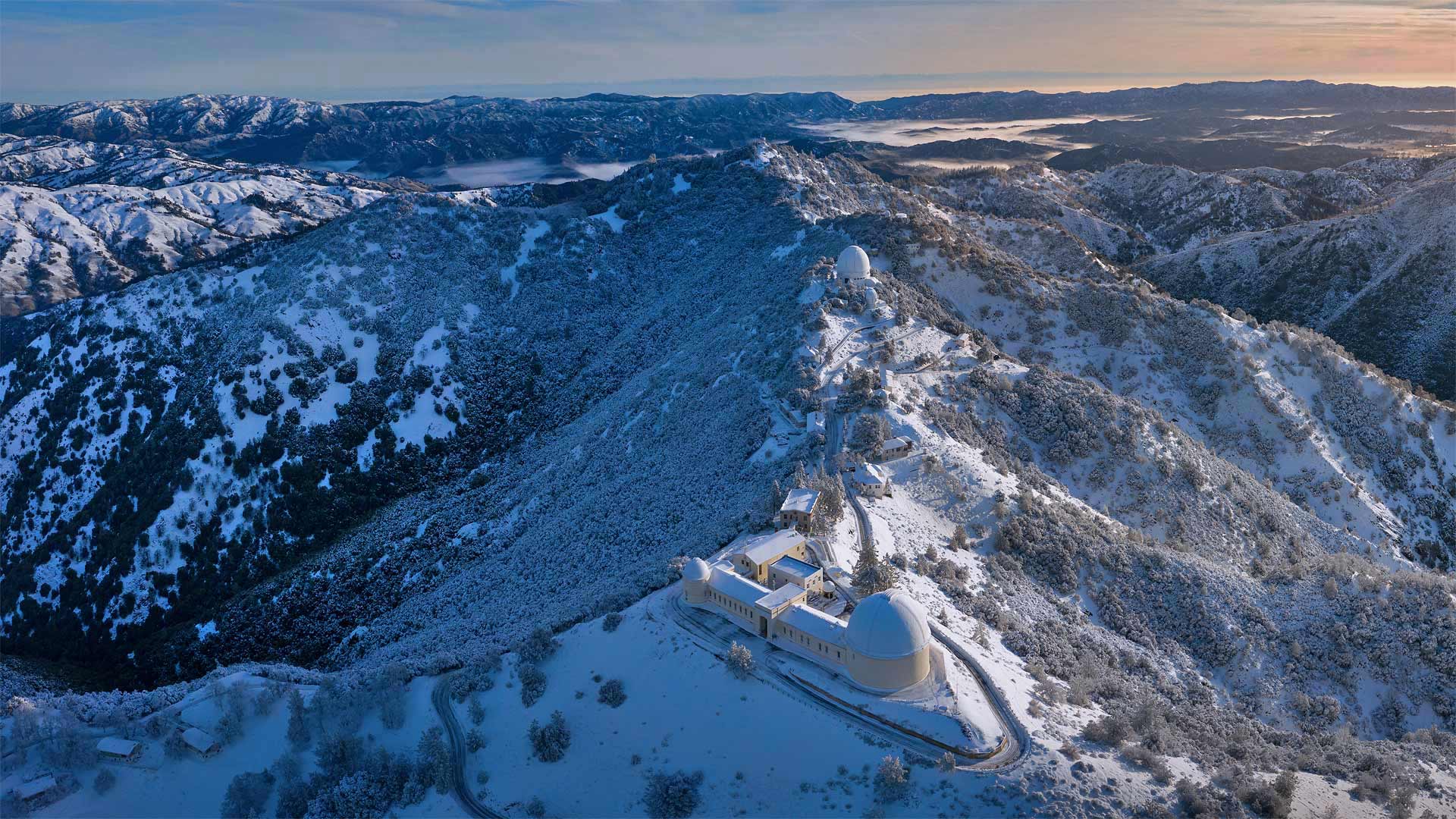Firebricks are a type of ceramic material used in the construction of fireplaces, kilns, and other high-temperature applications. One of their most important properties is their superior thermal insulation, which allows them to withstand extremely high temperatures without cracking or breaking. But what exactly is the science behind this remarkable thermal insulation?
The key to the superior thermal insulation of firebricks lies in their unique composition and structure. Firebricks are made from special types of clay and other ceramic materials that have excellent heat resistance properties. These materials are mixed with water to form a clay-like mixture, which is then molded into the desired shape and fired in a kiln at high temperatures to form the final brick.
One of the main reasons why firebricks have such great thermal insulation properties is their low thermal conductivity. Thermal conductivity is a measure of how well a material can conduct heat, and materials with low thermal conductivity are better at insulating against heat transfer. The clay and ceramic materials used in firebricks have very low thermal conductivity, which means they are able to trap and retain heat within the brick, preventing it from escaping to the surrounding environment.
In addition to low thermal conductivity, the structure of firebricks also contributes to their excellent thermal insulation properties. Firebricks are made with a dense and compact structure, with very few air pockets or gaps within the material. This dense structure helps to minimize heat transfer through the brick, as there are fewer pathways for heat to flow through.
Furthermore, the high-temperature firing process used to create firebricks also plays a role in their superior thermal insulation. The firing process causes the clay and ceramic materials to undergo chemical and physical changes, which result in the formation of strong bonds between the particles. These strong bonds help to create a more stable and heat-resistant material, which is less prone to damage or degradation when exposed to high temperatures.
Overall, the superior thermal insulation of firebricks is the result of a combination of factors, including low thermal conductivity, a dense and compact structure, and the effects of the high-temperature firing process. These properties make firebricks an ideal choice for applications that require high temperature resistance, such as in furnaces, kilns, and fireplaces.
In conclusion, the science behind the superior thermal insulation of firebricks lies in their unique composition and structure, which allows them to effectively trap and retain heat while withstanding high temperatures. This makes firebricks an essential material for a wide range of high-temperature applications, where thermal insulation is crucial for safety and performance.






